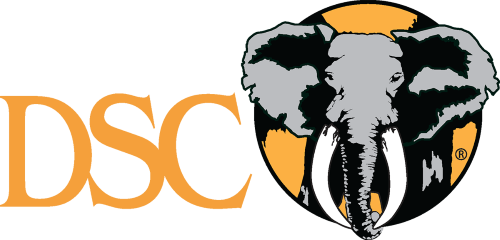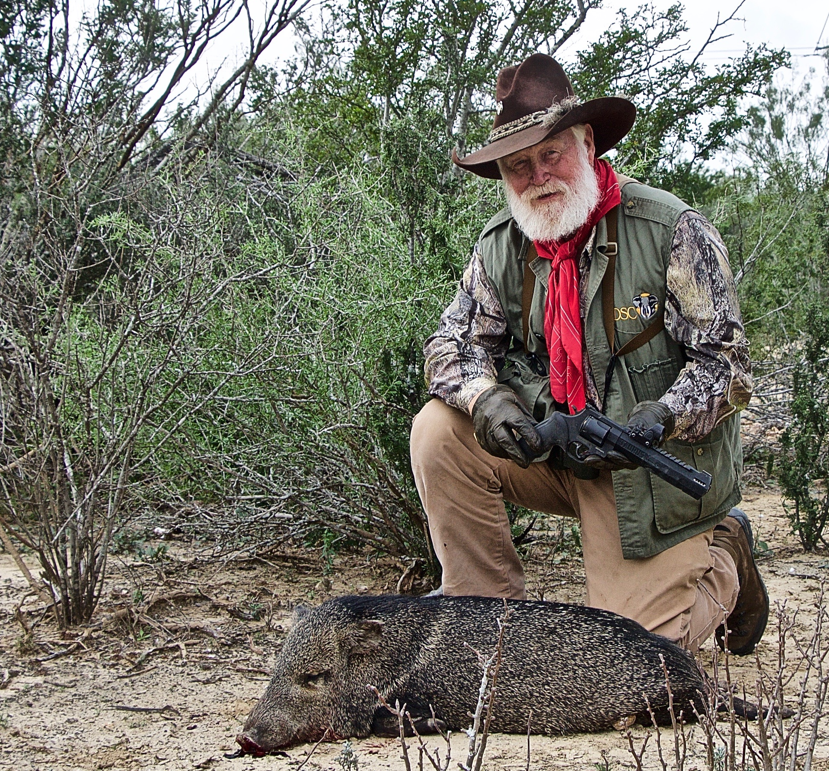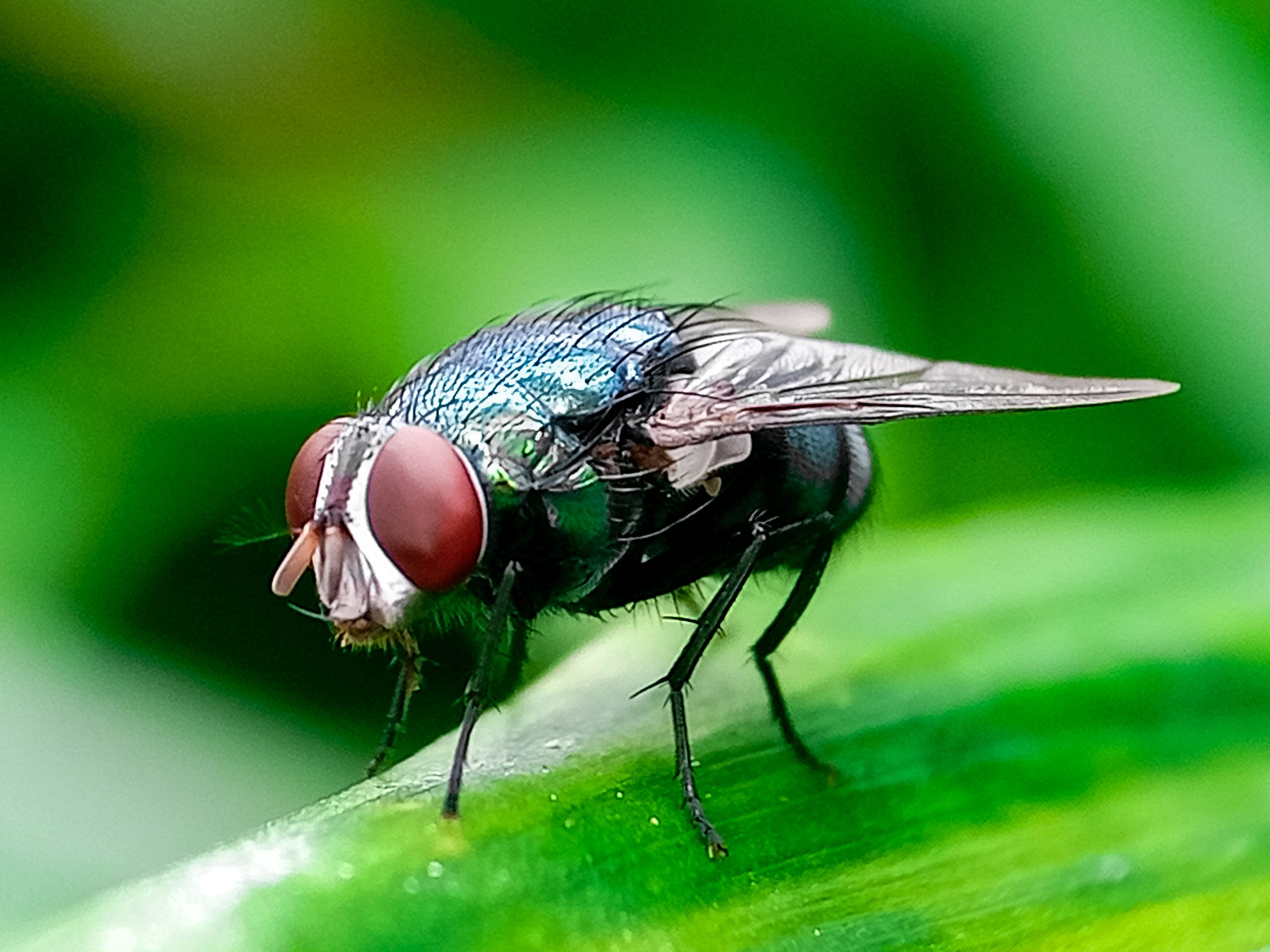TV Show Observations
[author] [author_image timthumb=’on’]https://www.biggame.org/wp-content/uploads/2021/03/P1010082_077.jpg[/author_image] [author_info]Terry Blauwkamp is a seasoned hunter, gun-expert and reloader. He has been to Africa more than 20 times. Terry has been a consistent part of DSC Publications through his reloading column.[/author_info] [/author]
During the past COVID-19 stay-at-home orders, I’ve watched way too many outdoor TV hunting shows.
Be that as it may, I’ve found it very informative to watch the animals’ reaction to the shot, be it a gun or bow, and what happened next.
Never mind how big the antlers or horns are, try to see where the bullet or arrow strikes the animal, and its reaction to it.
Arrows are usually easy, as many of them have the little glowing nock on them, and you can usually watch the arrow fly.
Let us touch on bow shots first. Quite often they will have the shot in slow motion, and you will see that while the arrow is in flight, the animal is already starting to move. Now that animal may never have heard an arrow released before, but it knows that it is not a familiar sound and wants out of there, which is called “jumping the string.”
I also learned about this while hunting with Adrian Rall, former editor of an African Bow Hunter Magazine. He films many of the hunts and said that when an animal hears the bow release, it knows it is time to leave, and since the sound gets to it before the arrow does, the animal has time to react. This means it is crouching to spring into action, and usually moves at least 6” down and also some forward movement.
This now means the arrow will hit higher and further back than planned.
My wife says that I constantly remark during a show, “Too far back!” Over and over again, the shot is too far back, and the animal runs off.
Now comes another interesting part: how far does it go? Sometimes it must go a long way, as the shot was taken in daylight, and later (much later) the back-slapping and high fives are taken in the dark with spotlights. Obviously, hours later after along trail.
After talking with many African outfitters who take bowhunters, they tell me the Americans think they can shoot African game the same as American deer. They all try to double lung them like a deer, and it does not work all that well.
First of all, it seems that the vitals of African game are farther forward and lower than a deer. Hence, as the animal crouches and starts to move while the arrow is in flight, causing the impact too far back.
Rifle shots are much the same, but the bullet gets there before the sound, so there’s no crouch or spring action. But it seems the human eye wants to center the crosshairs in the middle of the animal, (or the animal in the middle of the scope) and just can’t seem to bring itself to shoot right up above the front leg. This again results in being hit too far back. Couple this with if the animal is (seldom) perfectly broadside, or what slight angle it is at.
What really gets everyone in trouble is when the animal is slightly angled towards the shooter, and they insist on shooting for the lungs behind the front leg, and the bullet just clips one lung and away they go.
If the animal is angled slightly away, things go much better, as a shot into the crease right behind the leg will resulting the arrow or bullet traveling forward and into the lungs or heart, thus resulting in a very short death run.
Now on to more thoughts on rifle shots: in my experience, I have found that hitting the animal in the high shoulder, (which is about halfway up the body, aiming right up the front leg on a broadside shot) they will drop at the shot.
I also have found that when they run off does not always indicate it was a bad shot, but if they get out of sight before going down, usually means it was too far back.
The shot I hate the most is the one where the game is looking right at me. Unless I am very close, and with a rock-steady rest, I refuse to take it. There is so little room for error and many times a shot slightly left or right of center will only result in a broken shoulder or leg and the game runs off on three legs with no vitals being penetrated, and now you are certainly in for a long day of following it up.
You may have noticed that I’ve not mentioned anything about what caliber or bullet to use on anything. There is a reason for that, as I have found that seldom does it make much difference.
I’ve shot a lot of African plains game, and one example is that using the .30-06 Springfield with 29 different bullets of varying construction and weight seldom saw much difference. Shot placement is what it is all about.
Pretty much the same with other 30 caliber cartridges, as the .308 Winchester does at 100 yards what the big magnums do at 200+ yards. Just don’t ask the .308 to do what it is not designed to do. You will find that almost any bullet from a .308 Winchester in the right place, beats a .300 Loudenboomer’s bullet in the guts.
One can go on and on about things like this, sort of like religion and politics, but bullet placement is what will ultimately count.
Feel free to write me any time at TBlauwkamp@superior-sales.com



